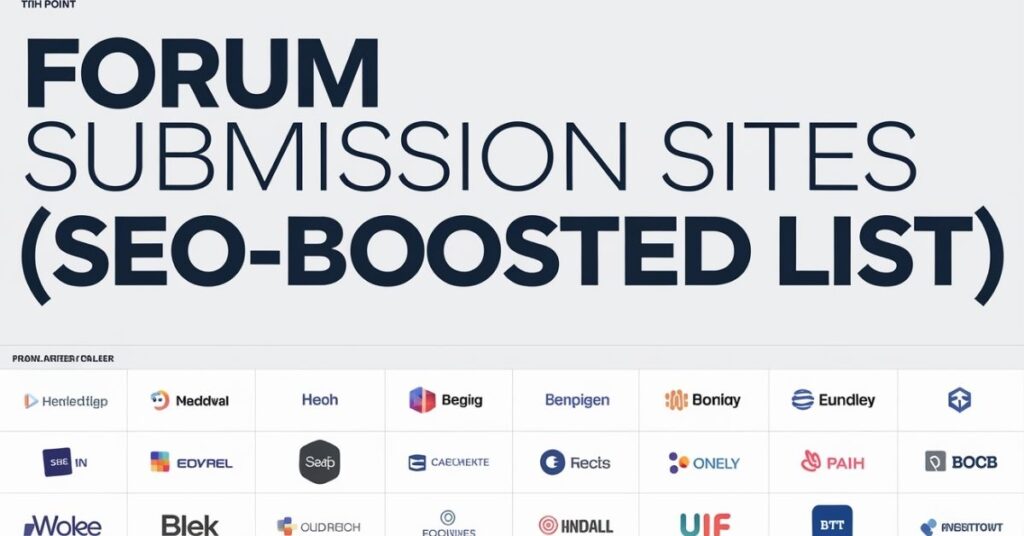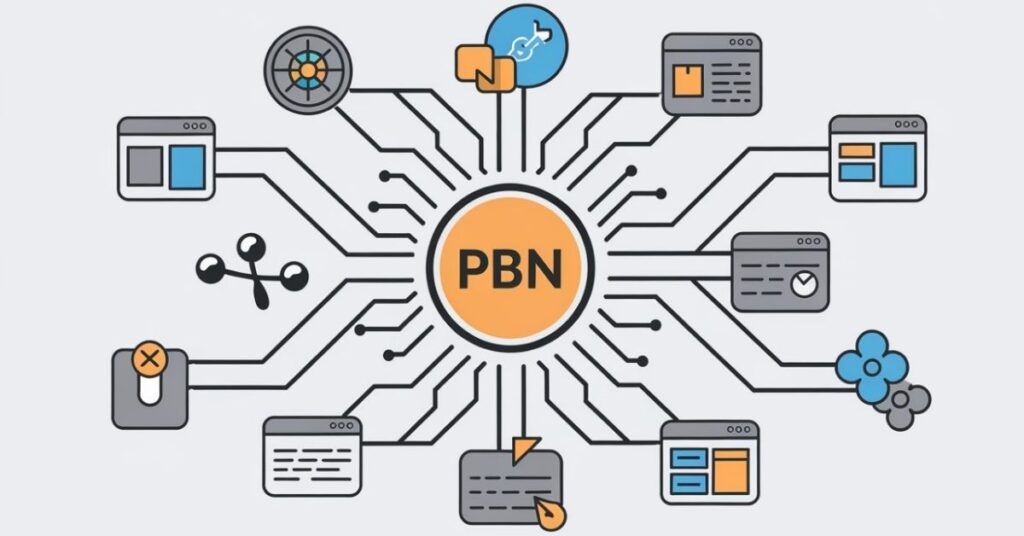Money.com is a highly respected source of financial information, offering expert advice on personal finance, investing, loans, mortgages, credit scores, retirement, and more. Whether you’re a financial expert or someone with valuable personal finance experience, contributing to Money.com can significantly enhance your visibility and authority in the finance world.
But publishing on such a reputable platform isn’t always straightforward. Unlike smaller blogs that openly invite guest contributors, large financial websites often have strict editorial standards, and they may not list contributor guidelines publicly.
This article will serve as your comprehensive guide. You’ll learn how to identify whether guest columns are accepted, how to craft a successful pitch, how to write your article, and how to follow up professionally—all while aligning with the standards of a trusted financial publication like Money.com.
Why Publish on Money.com?
Contributing to Money.com is more than just a writing opportunity—it’s a professional milestone. Here’s why many experts and entrepreneurs aim to be published there.
High Domain Authority
Money.com has a domain authority (DA) above 80, meaning it’s one of the most trusted sites on the internet. Articles published here tend to rank high on Google, which means your content has a better chance of being found by people searching for financial advice.
Credibility and Trust
Being featured on Money.com associates your name or brand with financial authority and integrity. Readers trust what they see on Money.com, and being listed as a contributor lends that same trust to you.
Large and Relevant Audience
Money.com draws millions of visitors every month. These readers are actively looking for advice on managing money, investing, getting loans, and more. Publishing here allows you to reach a large and highly targeted audience who are already interested in your expertise.
Backlinks and SEO Benefits
In many cases, guest columns allow you to include a link to your website in the author bio or sometimes even in the content. Backlinks from high-authority sites like Money.com significantly boost your site’s SEO, improving its search engine visibility.
Portfolio and Branding Value
Having a byline on Money.com adds prestige to your professional profile. You can showcase it on your resume, LinkedIn, personal website, or pitch it when applying to other publications. It’s a stamp of approval in the finance writing world.
Does Money.com Accept Guest Contributions?
Although Money.com doesn’t have a publicly advertised “Write for Us” page, this doesn’t necessarily mean they’re closed to external contributors.
Contributor-Based Model
Money.com, like many large media outlets, often publishes work from freelance journalists, financial experts, and thought leaders. These contributors typically pitch article ideas directly to editors or get invited based on their reputation or niche expertise.
Expertise is Key
Money.com isn’t likely to accept submissions from casual bloggers or content creators who don’t have a background in finance. However, if you’re a financial advisor, CFP, economist, or someone with real-world finance knowledge, your chances are much higher.
Quality Over Quantity
Money.com values high-quality, well-researched content. If your submission is original, insightful, and brings a unique perspective to personal finance or economics, it may catch the editorial team’s attention—even without a formal contributor program.
How to Find the Right Contact or Submission Page
Without a direct “Submit Article” link, finding the right editor can seem tricky—but with the following methods, it becomes manageable.
Browse the Money.com Website
Start with the footer of the homepage—this is where many websites list contact info. Look for links like:
- “About Us”
- “Contact”
- “Press”
- “Editorial Team”
Even if these pages don’t provide direct contributor info, they may list emails for editorial staff or departments.
Look for Author Names and Their Bios
Click on existing articles to see who wrote them. Most contributor names are hyperlinked. Clicking these links might lead to a bio or social media profile where you can reach out.
Use LinkedIn for Editor Discovery
Search for job titles like “Editor at Money.com,” “Content Director,” or “Managing Editor.” Many editors list their roles on LinkedIn. If you’re connected (or can connect), you can send a personalized message to introduce yourself and ask about guest column opportunities.
Use Email-Finding Tools
Once you have a name, you can use tools like:
- Hunter.io
- Clearbit
- Voila Norbert
These help you find professional emails in the format editors use (e.g., first.last@money.com). Always verify emails before sending.
Try Direct Contact Forms
If you find a generic contact form, you can use it to send a short message:
“Hi, I’m interested in submitting a guest article on personal finance. Could you please direct me to the right editor or department?”
Tips for a Successful Guest Column Pitch
Your pitch is your first impression—make it count. Here’s how to increase your chances of getting a response.
Write a Specific Subject Line
Avoid vague lines like “Guest Post Inquiry.” Instead, be specific:
- “Guest Column Proposal: Saving for Retirement in Your 30s”
- “Pitch for Money.com: How to Build an Emergency Fund on a Tight Budget”
Personalize the Pitch
Always address the editor by name if you know it. Refer to a recent article they published or edited to show you’ve done your research.
Example opening:
Hi Sarah,
I recently read your article on “How to Build Credit Without a Credit Card” and thought it was incredibly insightful. I’d love to pitch a guest column idea that aligns with your audience’s interest in practical money-saving strategies.
Include 1-2 Strong Article Ideas
Show them exactly what you’re offering. Outline the key points you’d cover in bullet form or a mini summary.
Example:
Proposed Article: “How to Save $5,000 This Year Without Earning More”
- Break down daily and monthly budgeting tips
- Show how small adjustments (subscriptions, food delivery) add up
- Include real case studies and actionable tips
Highlight Your Credentials
Briefly explain who you are and why you’re qualified. This could include:
- Professional certifications (CPA, CFP)
- Years of experience
- Your current role or business
- Past publications (include links if possible)
Keep It Short and Polite
Editors are busy. Keep your pitch under 250 words and always thank them for their time.
Writing Your Guest Column
Once your pitch is accepted, the next step is to write a standout article. Here’s how to structure and polish it for a professional platform like Money.com.
Use a Clear Structure
Start with a strong headline that addresses a specific problem or benefit.
Then use the following structure:
- Introduction – Set the context and explain why the topic matters.
- Body – Use subheadings, bullet points, and short paragraphs.
- Conclusion – Summarize key points and give a takeaway.
Focus on Practical Advice
Money.com readers are everyday people looking for smart financial tips. Make your advice actionable, clear, and based on real data or experience.
For example, instead of just saying “Budget your expenses,” show a mini budgeting plan with percentages and categories.
Use Credible Sources
Link to data from trusted sources:
- U.S. Bureau of Labor Statistics
- Federal Reserve
- Pew Research Center
- Government finance or tax portals
Avoid Fluff and Jargon
Write in simple English. Avoid financial jargon unless you define it clearly. Aim for an 8th–10th grade reading level.
Don’t Promote Yourself
Avoid sales language. If you’re allowed a bio, use that space for your website or credentials.
After Submission: What to Expect
Once you’ve submitted your article or pitch, here’s what happens next.
Wait Patiently
It can take 1–3 weeks to hear back. Editors often have a queue of articles to review.
Send a Polite Follow-Up
If you haven’t heard back after 10–14 days, follow up:
Hi [Editor’s Name],
Just following up on my pitch/article submitted last week. I’d love to hear your thoughts. Let me know if you need any more information.
Be Open to Feedback
If your article is accepted but returned with edits, respond positively. Editors may suggest changes in tone, structure, or depth.
If Rejected, Reuse Your Content
A rejection doesn’t mean your article has no value. You can:
- Submit it to another financial site
- Post it on LinkedIn or Medium
- Use it in your newsletter or blog
Alternatives if Money.com Doesn’t Accept Guest Posts
If your pitch doesn’t get accepted, don’t get discouraged. Here are some reputable alternatives:
Investopedia
They accept finance experts and have a structured contributor program.
Forbes (Finance or Advisor)
Known for featuring insights from professionals. You need a strong pitch and track record.
NerdWallet
Focuses on personal finance advice and may accept external content with a strong angle.
Entrepreneur (Finance section)
For finance topics related to startups, money management, and business strategies.
Substack, Medium, and LinkedIn
Use these platforms to build your voice and audience. A strong following here can even get you noticed by Money.com editors in the future.
Final Thoughts
Getting published on Money.com takes time, strategy, and persistence. While there’s no guaranteed path, following the right process—doing research, crafting a quality pitch, and delivering strong content—can increase your chances significantly. Even if your first attempt doesn’t succeed, remember: every pitch you send and article you write makes you a better writer and expert. Stay consistent, keep improving, and aim high. One day soon, your name might appear as the byline on one of the top financial websites in the world.



